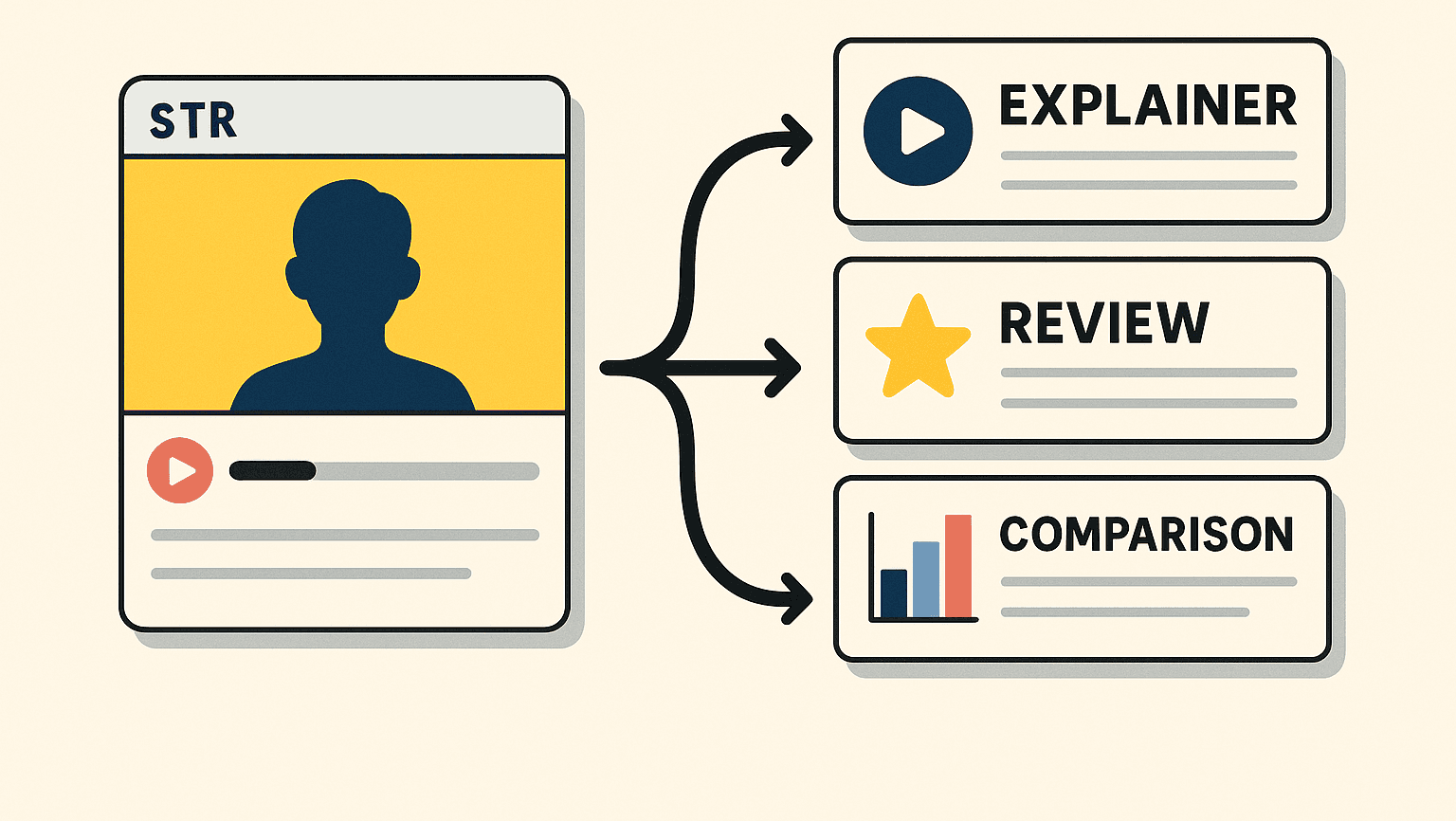Prove What Really Works: Experiments Now, MMM Over Time

TL;DR
- Attribution isn’t truth—tests are. Holdouts reveal causality when platforms disagree.
- MMM gives the big picture. Use it to steer mix and justify brand investment.
- Close the loop quarterly. Fold results back into budgeting and creative planning.
Why This Matters Now
If you’ve ever opened three dashboards and gotten four different ROAS numbers, congratulations—you’ve met modern marketing measurement.
Privacy updates, cookie loss, and black-box algorithms didn’t just blur data; they made “proof” feel like folklore.
So how do you stop arguing about which dashboard is right and start making confident decisions again?
You use two tools that speak truth at different speeds: experiments now, and MMM over time.
Wait—What Is MMM?
MMM stands for Marketing Mix Modeling, and no, it’s not a new boy band (though it does have some catchy results).
Think of MMM as your brand’s long-term truth serum.
Here’s how it works:
MMM takes your historical data—ad spend, impressions, sales, prices, even economic shifts—and runs statistical models to see how much each channel actually contributes to revenue.
In other words, it separates what looked good from what actually worked.
It’s not instant. It’s not flashy. But it’s what separates marketers who guess from marketers who grow.
If dashboards are like selfies (quick snapshots that look great but tell you little), MMM is the documentary—slow, deep, and surprisingly honest.
What to Do This Month
-
Reserve 10–15% of your spend for experiments.
Consider this your “reality check fund.” Run geo or audience holdouts to see which channels truly move the needle.
Name your test something dull and CFO-safe, like “Incrementality Optimization 2025.” It helps keep the magic alive. -
Run one cross-channel test per quarter.
Measure how upper-funnel campaigns (like YouTube or display) influence lower-funnel conversions (like search). Spoiler: they often do—quietly and powerfully. -
Commission MMM annually.
Once a year, zoom out. Use MMM to understand long-term impact and justify brand investments that don’t show up in last-click data.
This is your compass—guiding spend where it compounds, not just converts. -
Update your influence map.
Feed what you learn back into your media plan.
(If you haven’t built one yet, start with The Influence Map Strategy CMOs Are Switching To.)
Evidence & Caveats
McKinsey, BCG, and Bain all recommend a dual-track measurement model:
- Experiments give short-term clarity.
- MMM gives long-term direction.
Together, they replace hunches with evidence.
It’s like pairing an espresso shot (fast tests) with a slow brew (MMM)—you get both focus and depth.
The only real challenge is discipline.
Testing means pausing to prove, not just post.
But once you’ve seen what true lift looks like, you’ll never go back to trusting dashboards alone.
FAQs & Objections
“Won’t testing slow us down?”
No—it speeds smart decisions. A four-week holdout saves six months of waste.
“Can small brands use MMM?”
Yes. Start small—use 12–18 months of data across 3–5 channels. You don’t need a massive budget, just consistency.
“Should I trust platform lift studies?”
Treat them as signals, not gospel. Platforms grade their own homework; your tests grade reality.
“What about AI-based attribution?”
AI can model patterns, not causality. Experiments and MMM still own the truth.
Key Takeaway
The future of marketing measurement doesn’t belong to whoever reports fastest—it belongs to whoever proves the most.
Attribution tells you where people clicked.
Experiments and MMM tell you what caused the click in the first place.
So next time someone says “our ROAS looks great,” ask, “Great… but was it real?”
Because in a world full of modeled guesses, proof is the new performance.
Related reading:
Read similar content
Similar topics

Speed Is a Feature: Site, Support, and Delivery That Convert
Operational speed—page loads, helpful support, clear delivery—now decides who wins the cart.

Loyalty That Changes Behavior (Not Just Points)
Design rewards and service advantages that make people act differently—return more, spend more, advocate more.

AI Where It Helps: Variant Factories, Human Guardrails
AI boosts performance when it scales creative options and automates low-risk decisions—while humans keep judgment, claims, and brand integrity intact.

Ditch Vanity: The 4 Social Metrics That Predict Revenue
Likes don’t pay rent. Conversation, amplification, applause, and economic value do. Here’s how to measure social like a strategist—not a scoreboard watcher.

Creators as the New SEM: Build Searchable Trust, Not Just Impressions
When creators become media channels, brands win by making their content discoverable, trustworthy and measurable—not just viral.

Design for Stream→Search: Sequencing Content That Survives the Algorithm
Why brands need content ladders that move people from passive scrolling to active searching—and how to build sequences that compounding attention.